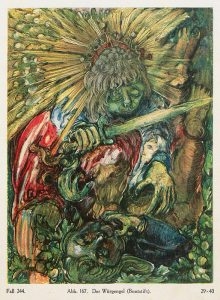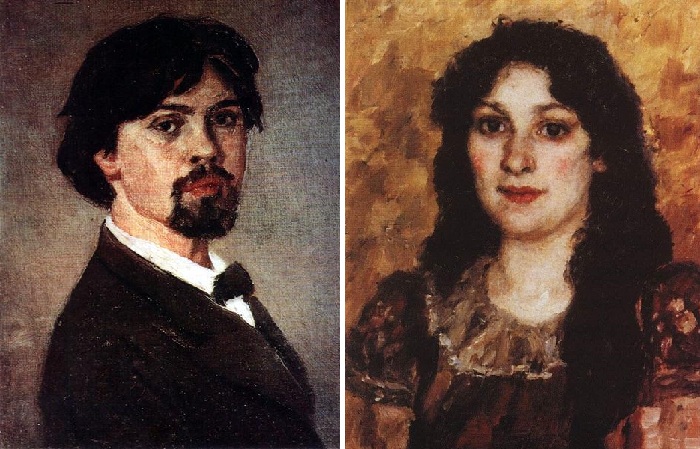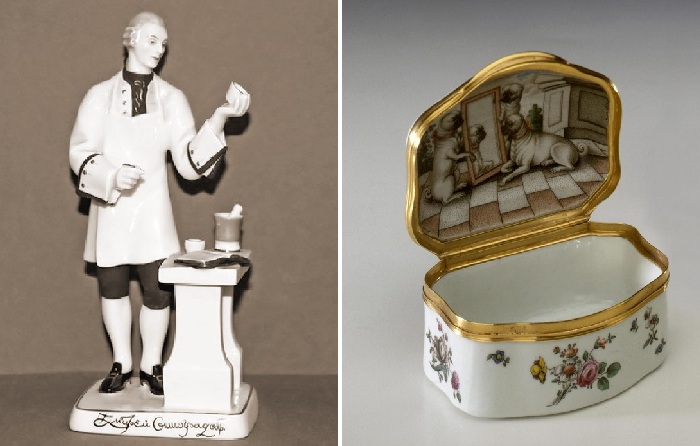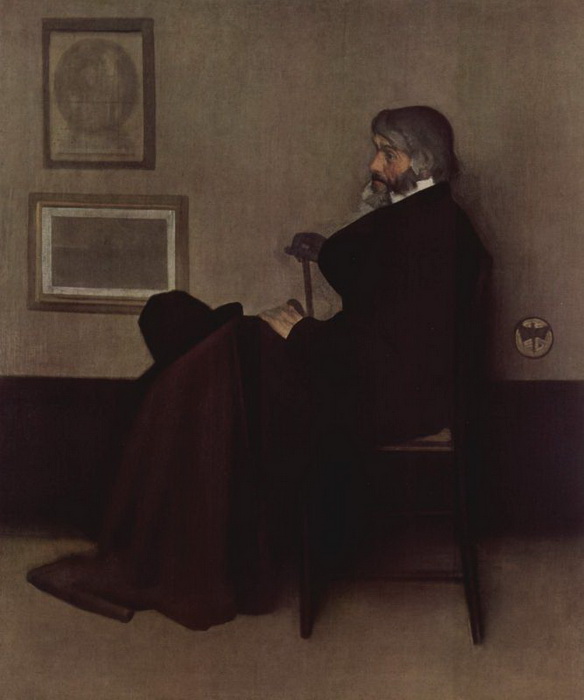Creativity for the Mentally Ill: A Book That Changed History
 Sometimes you can hear such a statement that in order to create a masterpiece, you must be either a genius or a madman. Tarragon – the hero of the play “Waiting for Godot” by Samuel Becket, said that “we are all born crazy. And some of them remain … “Yes, and where is the line that separates genius from madness? In 1922, a German psychiatrist published a book in which he showed the work of the mentally ill, and this book made a splash among both the psychiatric society and artists.
Sometimes you can hear such a statement that in order to create a masterpiece, you must be either a genius or a madman. Tarragon – the hero of the play “Waiting for Godot” by Samuel Becket, said that “we are all born crazy. And some of them remain … “Yes, and where is the line that separates genius from madness? In 1922, a German psychiatrist published a book in which he showed the work of the mentally ill, and this book made a splash among both the psychiatric society and artists.
The fact that some very talented, and even brilliant people suffered from various mental disorders is not news. So, it is known that Gogol suffered from manic-depressive psychosis, and Leo Tolstoy often had bouts of depression that alternated with numerous phobias. Maxim Gorky was prone to vagrancy and pyromania, and some experts insist that Lermontov suffered from a form of schizophrenia that he inherited from his mother.
Mental suffering – whether they are caused by objective life difficulties or real mental disorders, really somehow affect people’s creativity. And the German psychiatrist Hans Prinzhorn undertook to investigate this influence. This was the first study of its kind. Hans has been working on this study for a long time, and at the time of writing, there were already more than 5,000 works by patients of mental hospitals in his collection. These were both paints and pencil drawings, as well as stucco and carvings.
Most of the patients Hans observed were diagnosed as having schizophrenia. Hans was interested in what drives his patients when they create their work. Whatever the state of mind of a person, his need for creativity puts him on a fundamentally different level of development that distinguishes him from other living beings on the planet. No one except man feels the need to create something that does not exist, and even to copy existing things. Creativity is completely and exclusively peculiar to man. However, the motives that motivate you to create something may vary.
So, in the process, he developed his theses. According to Hans, there are six main impulses that stimulate the appearance of an artistic image: the desire to express oneself, the game, the need to decorate something, the desire to arrange something, the tendency to imitate and the need for symbols. “When we draw scribbles on a piece of paper, or when a child lays colorful pebbles on his mud cake, or when we plant flowers in our gardens, one thing is common for all these completely different types of activities – enriching the outside world with our personal perception elements.”
The book, based on a study by Hans Princeshorn, became at one time very popular. Leading German avant-garde artists such as Paul Klee, Max Ernst and Jean Dubuffet drew attention to her. Later, inspired by the work of Princeshorn, Jean Dubuffet will create the direction of Ar Brut (French Art brut – rough, raw art), which will promote the art of outsiders who reject beauty and harmony.
In 1937, 15 years after the publication of this book, the passions around it were still boiling. In that year, exhibitions were held in many German cities, at which paintings of masters and the mentally ill were exhibited simultaneously. So, next to the canvases of Paul Klee and Wassily Kandinsky, illustrations from the book of Prinzhorn hung. According to the idea of the organizers of the exhibition, this should have been a clear illustration of the difference between the work of a person of the “true genotype” and “degenerative” (“Entartete”), while the work of the mentally ill and the work of avant-garde artists were equated by the organizers of the exhibition and declared pathology.
One way or another, the book of Hans Princeholm was truly revolutionary at the time – it provided an opportunity to look at creativity from a new angle, and also provided the right of speech to those who were deprived of it at that time. When in society it was not accepted to discuss the mentally ill people, and even to some extent a taboo, it was Princoln who managed to break through this dam of silence and let their voices sound again.
In the mid-70s, the Museum of the Creativity of the Mentally Ill was opened in Russia. Today, he is assigned to the Department of Psychiatry and Narcology, and still opens the door for both curious visitors and those who are engaged in the scientific study of the craziness and genius of man. You can see the paintings from this museum in one of our articles.



